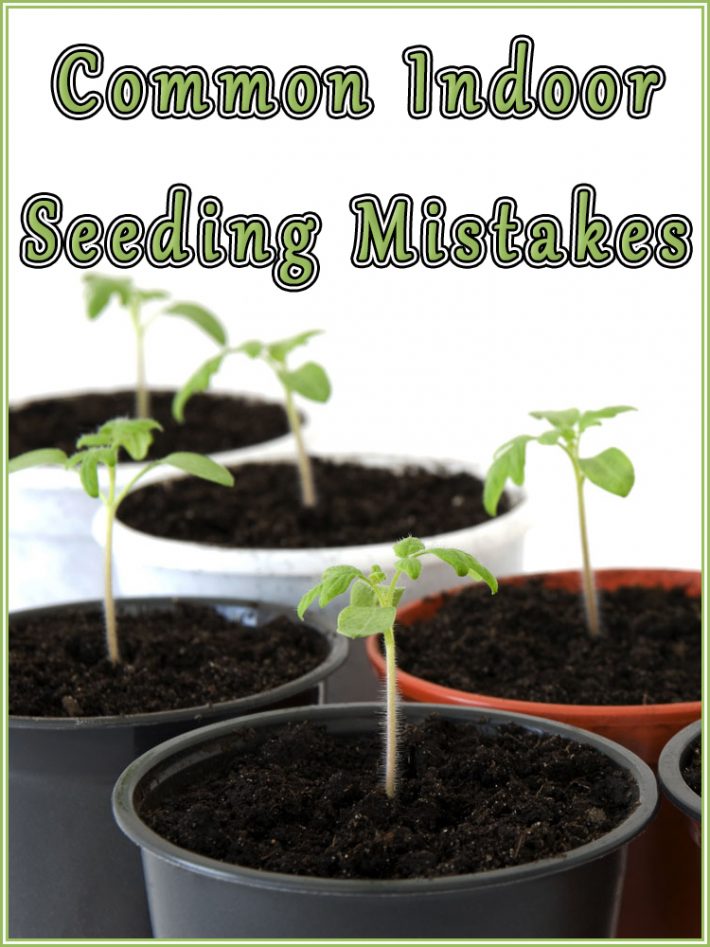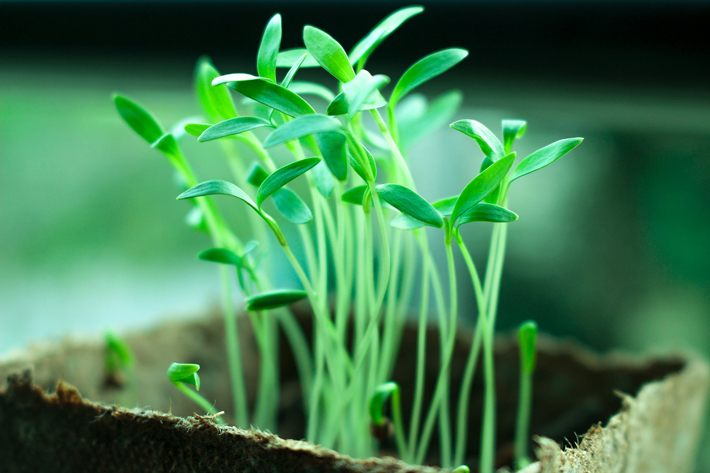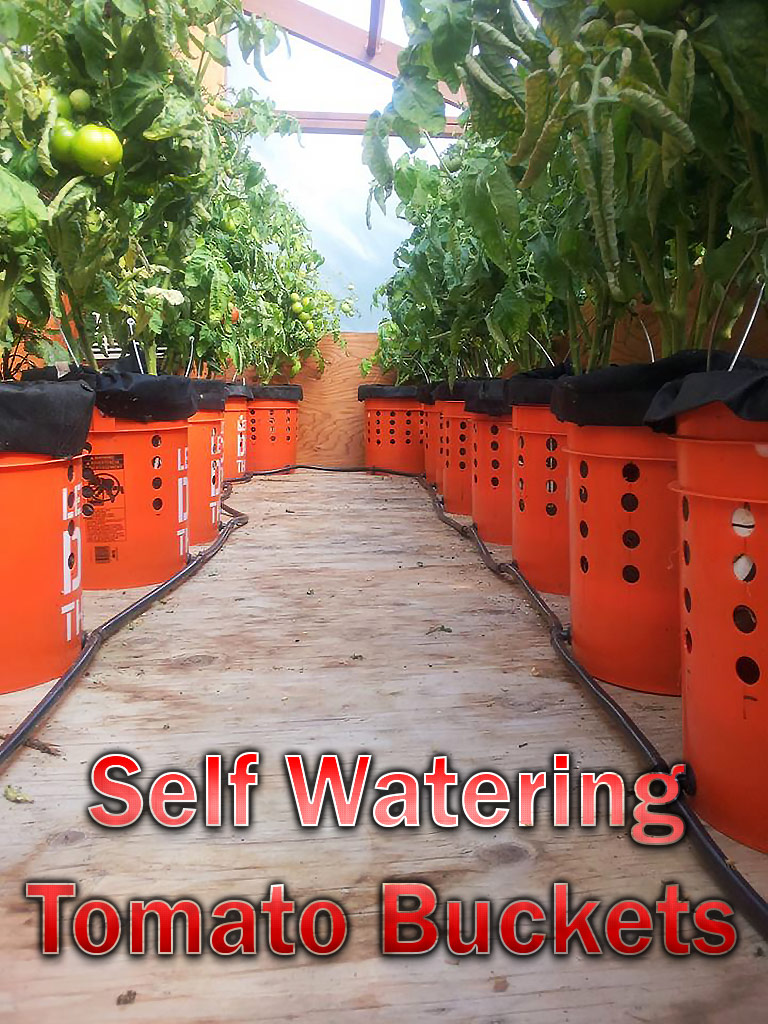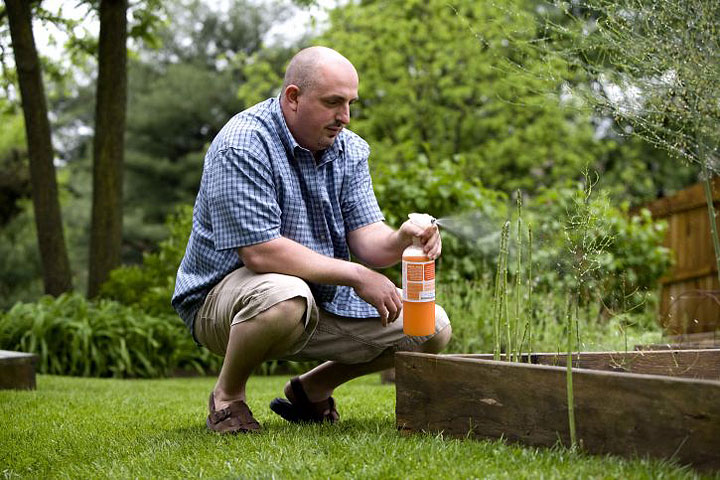
Common Indoor Seeding Mistakes
There’s nothing more rewarding than growing plants from the start, but a lot can go wrong in the early stages. Here’s what to look out for in the first few weeks.
Mold
Seen as white, hairlike growths on the soil surface, fungi thrive in dirt that is overly wet, usually combined with humid air or poor ventilation around plants. Use cell flats and plant one seed per cell to allow enough space for air to circulate around seedlings. Placing a small fan in the area (positioned so that it’s not blowing directly at seedlings) will also keep air moving.
Damping-Off
This is usually the problem when stems turn brown and bend at the soil level due to fungi. Make sure to remove the humidity dome right after sprouting; leaving it on creates an environment that pathogens and pests love.
Bugs
If you have houseplants with pest issues, keep your seedling trays far away from them. The most common indoor seeding-starting pest is the fungus gnat. It looks like a small but sluggish fruit fly. Gnat larvae survive only in a moist environment, so cut back on water—once seeds have sprouted, let the top ¼ inch of soil dry out between watering.
Planting Depth
When planted too deeply and kept too moist and cold, seeds can rot. Plant according to the directions on the packet.
Seed Quality
If you’re doing everything right and your seeds still won’t sprout, they may be too old. Seeds germinate best when fresh. Quality seed companies print a “packed for” date on envelopes. Do your research: Some seeds—beans, lettuce, tomatoes, and peppers among them—can be kept stored in a sealed bag in a dry, dark place for several years.





Leave a Reply